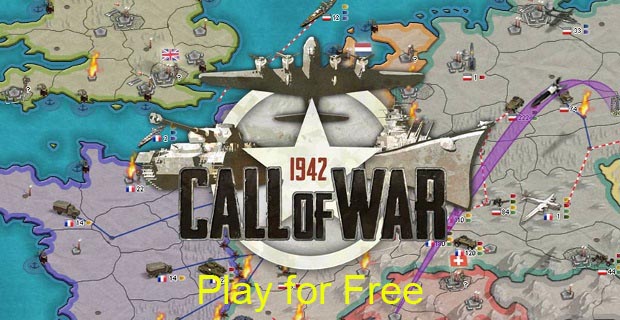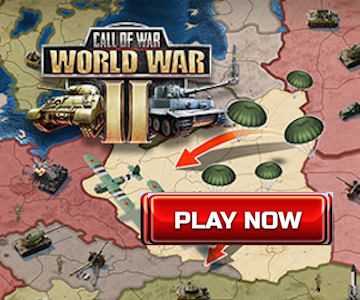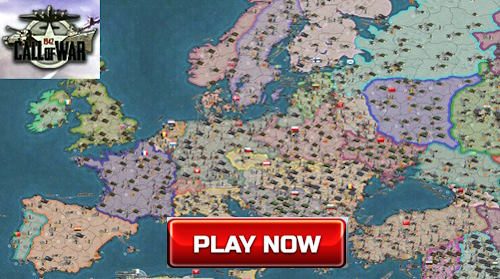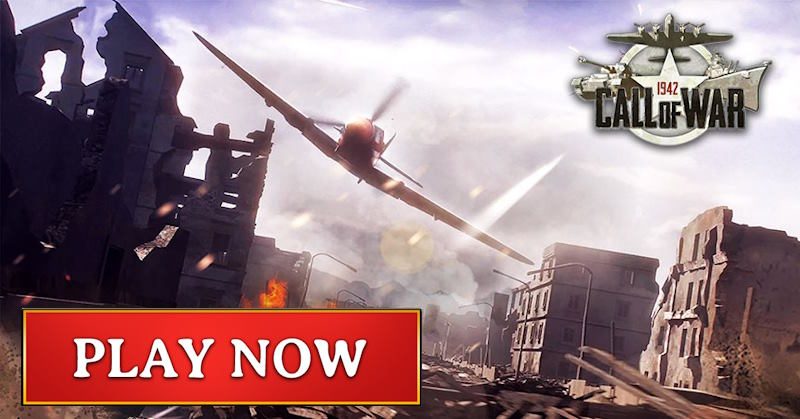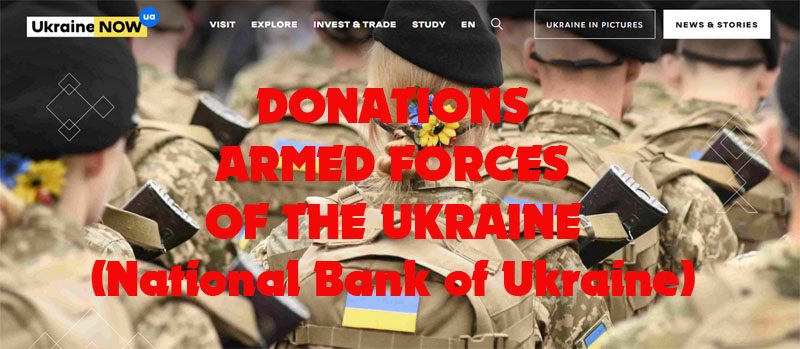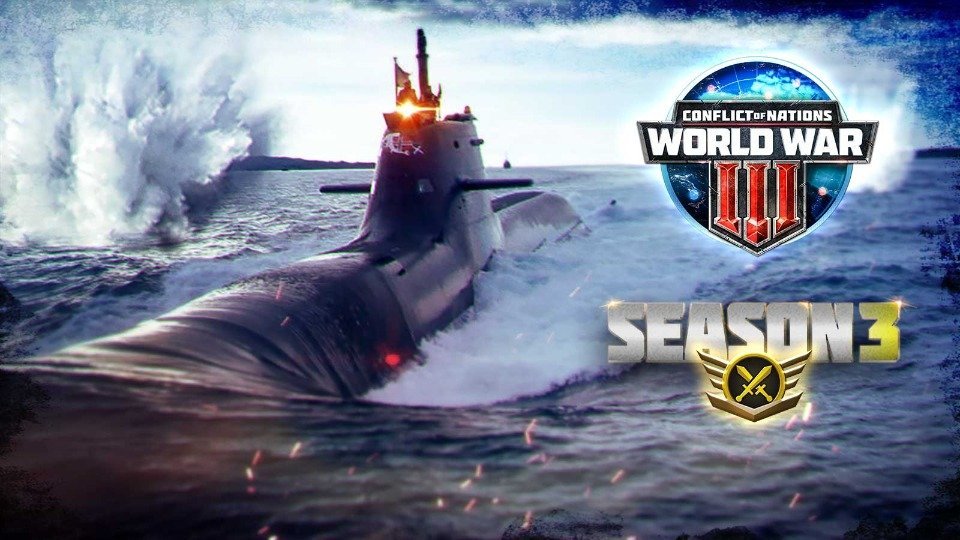The Eastern Front’s Most Feared Firearms: Soviet vs. German Weapons.
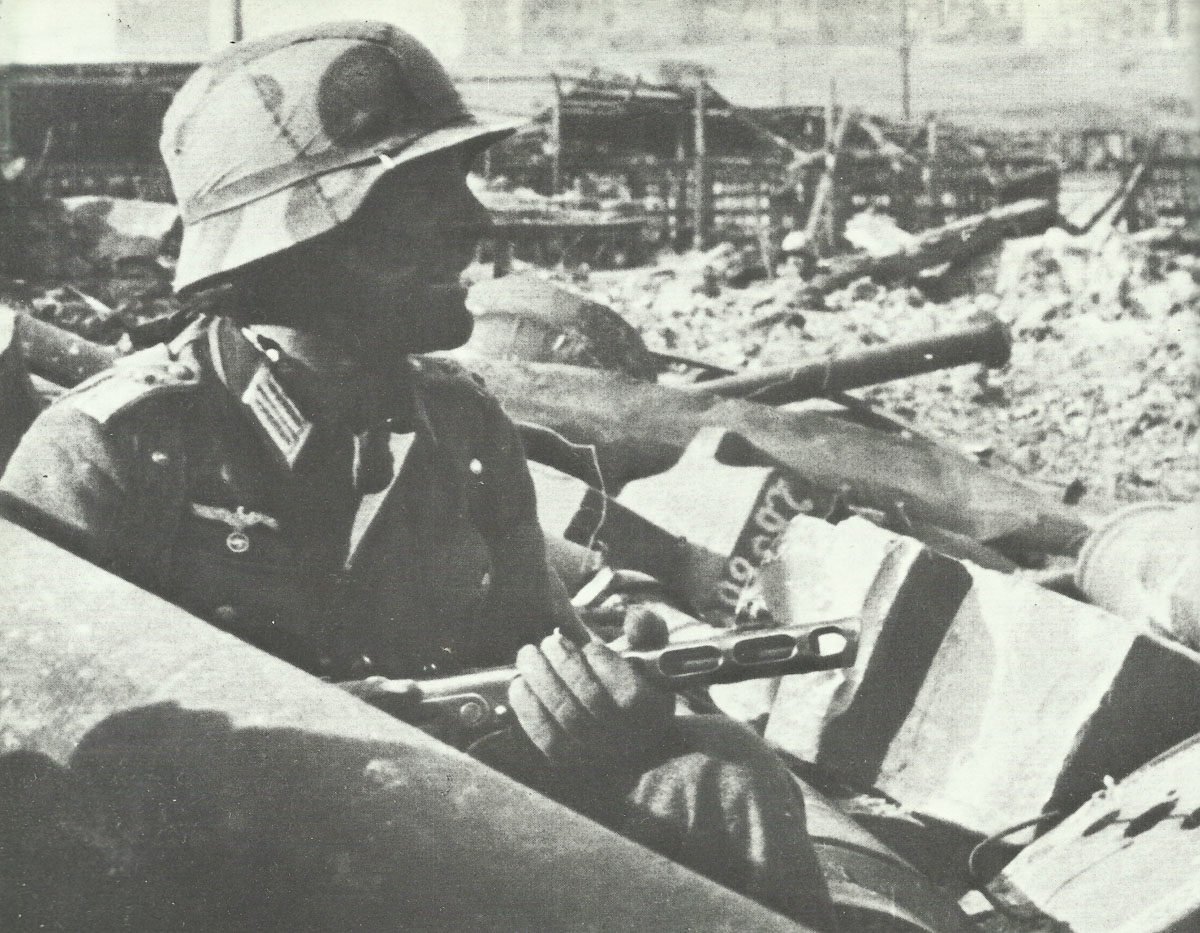
The Eastern Front during World War II was a brutal theater of war marked by massive battles, unforgiving terrain, and extreme weather. Stretching from the frozen forests of Finland to the ruins of Stalingrad, it was a place where strategy, resilience, and equipment were pushed to their limits. In this unforgiving environment, a soldier’s weapon wasn’t just a tool—it was a lifeline. Both the Soviet Union and Nazi Germany deployed iconic firearms that became symbols of power, fear, and survival. Shops like Liberty Gun Trader reflect the enduring interest in the firearms that defined this intense chapter of history.
Table of Contents
Soviet Firearms
Mosin-Nagant 91/30
The Mosin-Nagant was the Red Army’s standard-issue rifle. Though it was a bolt-action design that dated back to the late 19th century, it proved to be one of the most rugged and dependable rifles of the war. With millions produced, it became a symbol of the Soviet infantryman.
- Caliber: 7.62×54mmR
- Action: Bolt-action
- Capacity: 5-round internal magazine
- Effective Range: ~500 meters
Despite its age, the Mosin-Nagant held its own on the battlefield thanks to its simplicity and robustness. In the hands of skilled Soviet snipers like Vasily Zaitsev and Lyudmila Pavlichenko, the rifle achieved legendary status. Equipped with a scope, it delivered deadly precision and helped tip the scales in urban warfare and long-range duels.
PPSh-41
One of the most iconic Soviet weapons of the war, the PPSh-41 was a submachine gun designed for close-quarters combat. It quickly gained a reputation for its high rate of fire and sheer reliability.
- Caliber: 7.62×25mm Tokarev
- Rate of Fire: ~900 rounds per minute
- Magazine: 71-round drum or 35-round box
- Effective Range: ~150 meters
Nicknamed “the burp gun” for its distinctive firing sound, the PPSh-41 was deadly in urban environments like the Battle of Stalingrad. Its drum magazine allowed for sustained fire, and its simplicity meant it was easy to produce and maintain. German troops often picked up captured PPShs and used them against their former owners.
SVT-40
Intended to replace the Mosin-Nagant, the SVT-40 was a semi-automatic battle rifle that offered improved firepower. Though technically advanced, it had a mixed reputation among troops due to production challenges and maintenance difficulties in the field.
- Caliber: 7.62×54mmR
- Capacity: 10-round detachable magazine
- Features: Semi-automatic fire, compatible with scopes
While it wasn’t as widely used as other Soviet firearms, the SVT-40 demonstrated the Soviet Union’s push to modernize its arsenal with higher firepower weapons. In the right hands, it was a formidable tool.
German Firearms
Karabiner 98k
The Kar98k was the Wehrmacht’s workhorse rifle and a continuation of the famous Mauser lineage. Known for its high accuracy and quality craftsmanship, it was trusted by German infantry and snipers alike.
- Caliber: 7.92×57mm Mauser
- Action: Bolt-action
- Capacity: 5-round internal magazine
- Effective Range: ~500–800 meters
Its precision and durability made it a favorite among marksmen. Converted sniper variants were equipped with scopes and saw action across all fronts. However, the slow rate of fire limited its effectiveness in close combat compared to semi-automatic or automatic weapons.
MP40
Issued primarily to mechanized troops, officers, and paratroopers, the MP40 submachine gun was compact and reliable. It played a critical role in close-quarters combat, though it had limitations compared to Soviet counterparts.
- Caliber: 9×19mm Parabellum
- Rate of Fire: ~500–550 rpm
- Magazine: 32-round box
- Effective Range: ~100–150 meters
Its folding stock made it ideal for cramped environments, such as tanks or urban buildings. While effective and easy to use, the MP40’s lower rate of fire and smaller magazine size often put it at a disadvantage when facing the PPSh-41.
StG 44
Introduced late in the war, the StG 44 (Sturmgewehr) is widely recognized as the world’s first true assault rifle. It was a game-changer that combined the firepower of a submachine gun with the range of a rifle.
- Caliber: 7.92×33mm Kurz
- Rate of Fire: ~500–600 rpm
- Fire Modes: Selective fire (semi & full auto)
- Effective Range: ~300–400 meters
On the Eastern Front, where mid-range firefights were frequent, the StG 44 was especially effective. However, it arrived too late and in too few numbers to change the outcome of the war. Still, it laid the groundwork for post-war weapons like the AK-47.
Head-to-Head Comparisons
Kar98k vs. Mosin-Nagant
Both rifles were accurate and robust, but the Kar98k had superior ergonomics and smoother operation. The Mosin, however, was more economical and easier to mass-produce, aligning with Soviet wartime production goals.
PPSh-41 vs. MP40
In urban combat and trench warfare, the PPSh had a clear advantage. Its higher rate of fire and larger magazine meant Soviet troops could lay down more suppressive fire. German troops often discarded MP40s in favor of captured PPShs when possible.
SVT-40 vs. StG 44
While the SVT-40 offered semi-automatic fire, the StG 44’s select-fire capability and intermediate cartridge gave it a decisive edge. It was more versatile and suited for varied combat ranges.
Psychological Impact
Weapons on the Eastern Front weren’t just tools—they became emblems of fear and defiance. The PPSh’s rapid-fire bursts echoed through city ruins, signaling imminent Soviet assaults. The crack of a Kar98k rifle often meant a sniper was watching. The mere presence of certain weapons affected morale and tactics on both sides.
Conclusion
The Eastern Front showcased some of the most impactful and innovative firearms of WWII. While Germany prioritized precision and advanced designs, the Soviet Union focused on simplicity, durability, and mass production. Each weapon reflected the strategic doctrines and industrial capabilities of its country. In the bitter struggle across frozen steppes and devastated cities, these firearms defined the way war was fought—and remembered.


